By Lieutenant Colonel Dominic J. Caraccilo
According to its publisher, the “Eye of the Storm is one of the most important Civil War documents to be published since Ulysses S. Grant’s Personal Memoirs.” They may be right. Private Robert Knox Sneden’s literary and illustrative masterpiece was discovered after being hidden in a vault for 50 years. Eye of the Storm is based on four tattered scrapbooks, including more than five hundred dramatic depictions of the Civil War and a five-thousand-page illustrative diary. The documents include a section on the Andersonville prison that has been described as the “only fully illustrated eyewitness account of that ‘hell on Earth.’”
In 1994 the collection of works that eventually formed Eye of the Storm: A Civil War Odyssey (written and illustrated by Robert Knox Sneden, Charles F. Bryan, Jr. and Nelson D. Lankford, eds., The Free Press, NY, 2000, 384 pp., illus., and index; $37.50 hardcover) was found in a Connecticut bank vault. Editors Bryant and Lankford carefully compiled, surgically edited, and meticulously transcribed and modernized Sneden’s text in developing this remarkable work for print. Although only a tenth of the watercolors are reproduced for display in this beautifully constructed book, the editors captured in fine manner the essence of Sneden’s spectacular art and accompanying text. Of note are the strikingly colored panoramic views of the places Sneden encountered as a mapmaker and the maps that he designed. Most important are the unprecedented views of the Confederate-run Andersonville prison where Sneden was held as a POW from November 1863. His memoir fittingly ends on the day after Christmas, 1864 when he is released from Andersonville and returns home to New York and his family.
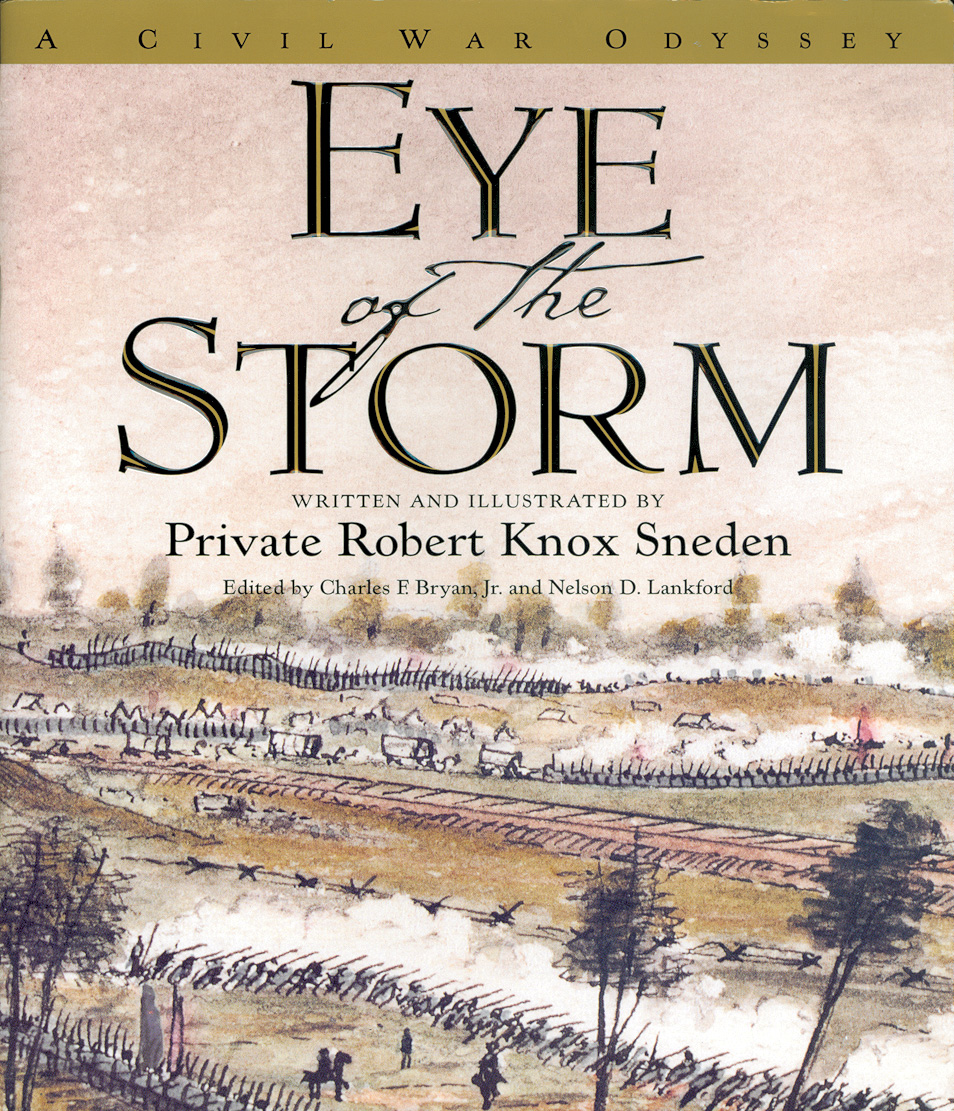 Although Robert Sneden’s life in the 1850s is shrouded in mystery, he became consumed, as most Northerners were, in the turmoil of 1860-61. A resident of New York City at the onset of the war, Sneden decided to do his part for the Union not as a soldier but as a civilian, and got himself assigned as an assistant quartermaster in one of the city’s s 66 regiments. As a member of the 40th New York Volunteers, or Mozart Regiment, Sneden did not join his unit in battle until after the Union’s shocking defeat at Bull Run in Virginia on July 21, 1861.
Although Robert Sneden’s life in the 1850s is shrouded in mystery, he became consumed, as most Northerners were, in the turmoil of 1860-61. A resident of New York City at the onset of the war, Sneden decided to do his part for the Union not as a soldier but as a civilian, and got himself assigned as an assistant quartermaster in one of the city’s s 66 regiments. As a member of the 40th New York Volunteers, or Mozart Regiment, Sneden did not join his unit in battle until after the Union’s shocking defeat at Bull Run in Virginia on July 21, 1861.
As a soldier and a mapmaker, he witnessed many of the most famous battles of the war. A curious eye for his environment would serve him well in the army. His map of the second Battle of Bull Run offers a detailed firsthand account of this pivotal moment. Meticulously presented in full color throughout Eye of the Storm are the maps developed by Sneden during tenure as a mapmaker. These magnificent ink drawings, rich with topographical symbols and historically framed references, make this book a worthwhile investment if just for the maps alone.
But Sneden’s maps are just a small contribution to this incredible memoir. Captured by the notorious Captain Mosby in 1863, Sneden was delivered to the infamous Andersonville prison camp. While his entire diary is intriguing because it displays a critical view of the Union leadership with which Sneden worked so closely as a division- and corps-level mapmaker, the almost daily entries included in the 60-plus-page section on the Andersonville prison are what makes the book unique.
Eye of the Storm is a story that will touch the heart of every American. It belongs on the shelf of all who care about how we became the nation we are today. Possibly it is the richest description in existence of a soldier’s life during the Civil War.
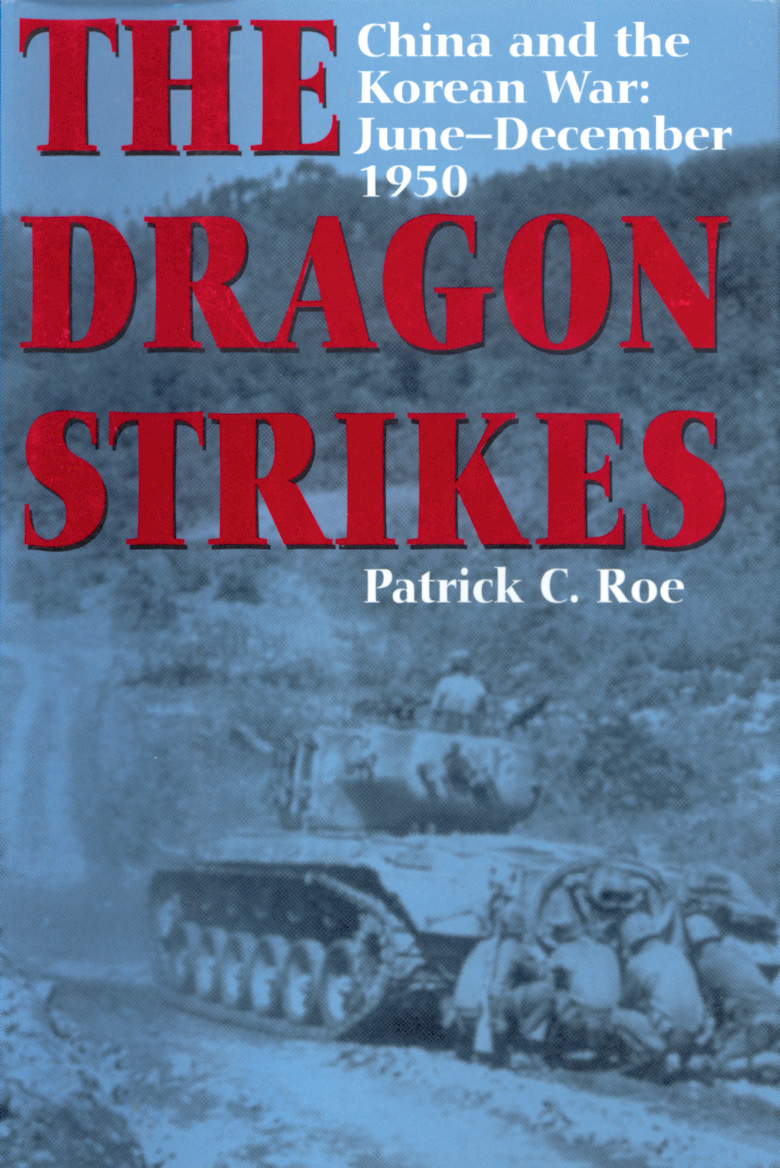 Recent and Recommended
Recent and Recommended
The Dragon Strikes, China and the Korean War: June-December 1950 by Patrick C. Roe, Presidio Press, Novato, Calif., 2000, 480 pp., maps, appendices, bibliography, and index; $34.95 hardcover
In the 50 years since the end of the Korean War there have been many memoirs and nonfiction accounts, but Patrick C. Roe’s The Dragon Strikes offers a new perspective. Initially successful in the summer of 1950, the North Koreans were driven back almost to the border with China. In late October the Chinese attacked, overcame U.N. forces, and drove them back south, ending a U.N. effort to unify Korea.
While The Dragon Strikes is not a personal memoir, author and Korean War veteran Roe conveys his firsthand knowledge as an intelligence officer with the 3rd Battalion, 7th Marines as they advanced toward the infamous Chosin Reservoir. The battles that took place there count among the decisive battles of the 20th century, for their impact has had strategic implications ever since.
The Dragon Strikes analyzes the background of the Chinese entry into the war, the events and decisions at all levels leading to the ill-advised advance of U.N. forces toward the Manchurian border, and the consequences. Because Roe was an intelligence officer during his service, special attention is given to flawed intelligence. This book offers a unique opportunity to see the battles from both sides.
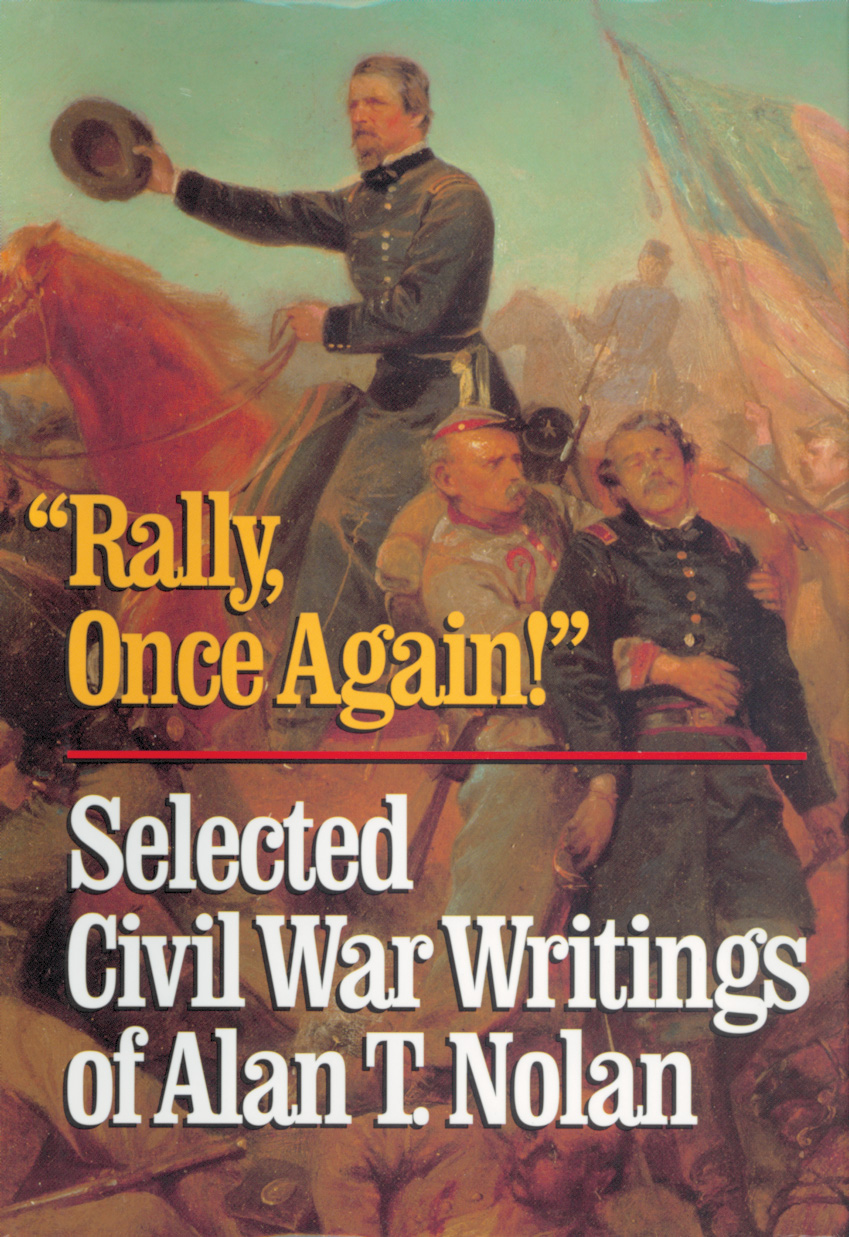 “Rally, Once Again!” Selected Civil War Writings of Alan T. Nolan, Madison House, Madison, Wisc., 2000, 308 pp., photographs, illustrations, and index; $26.95 hardcover
“Rally, Once Again!” Selected Civil War Writings of Alan T. Nolan, Madison House, Madison, Wisc., 2000, 308 pp., photographs, illustrations, and index; $26.95 hardcover
Peering perceptively again into the “unglamorous” aspects of the American Civil War, esteemed author Alan Nolan compiles an amazing collection of work in this newest volume, “Rally, Once Again!”
Discarding Hollywood and what he calls the “Margaret Mitchell image,” Nolan’s consistent theme is that the War Between the States was neither romantic nor glorious. The contentions of the Southern myth of the “Lost Cause” are obviously offensive to him; he claims them as neither commemorative nor historic.
This new collection of previously published material is a tribute to Nolan’s lifelong research and study of the war. Stating his disdain for the Confederate culture or tradition to admire and celebrate it, Nolan is obviously not a fan of Confederate General Robert E. Lee. He supports this fundamental contempt by drawing attention to such facts that Lee was a slave owner and a trafficker in American Negroes.
In contrast, Nolan is an unwavering Lincoln fan. He claims that the 16th president was an orderly and sensitive man who had a lifelong and consistent view conforming to antislavery efforts. There is bias in Nolan’s work, but not without support of meticulous arguments and thorough research. Essays on the Iron Brigade, Gettysburg, and leaders like Joshua Chamberlain, coupled with a lifetime’s worth of book reviews exploring classics like Hassler’s Commanders of the Army of the Potomac and Duff’s A. Lincoln, Prairie Lawyer make this book a monumental compilation. In short, it is a tribute to both Nolan as an author and to the valor and conviction of the common soldier during this era.
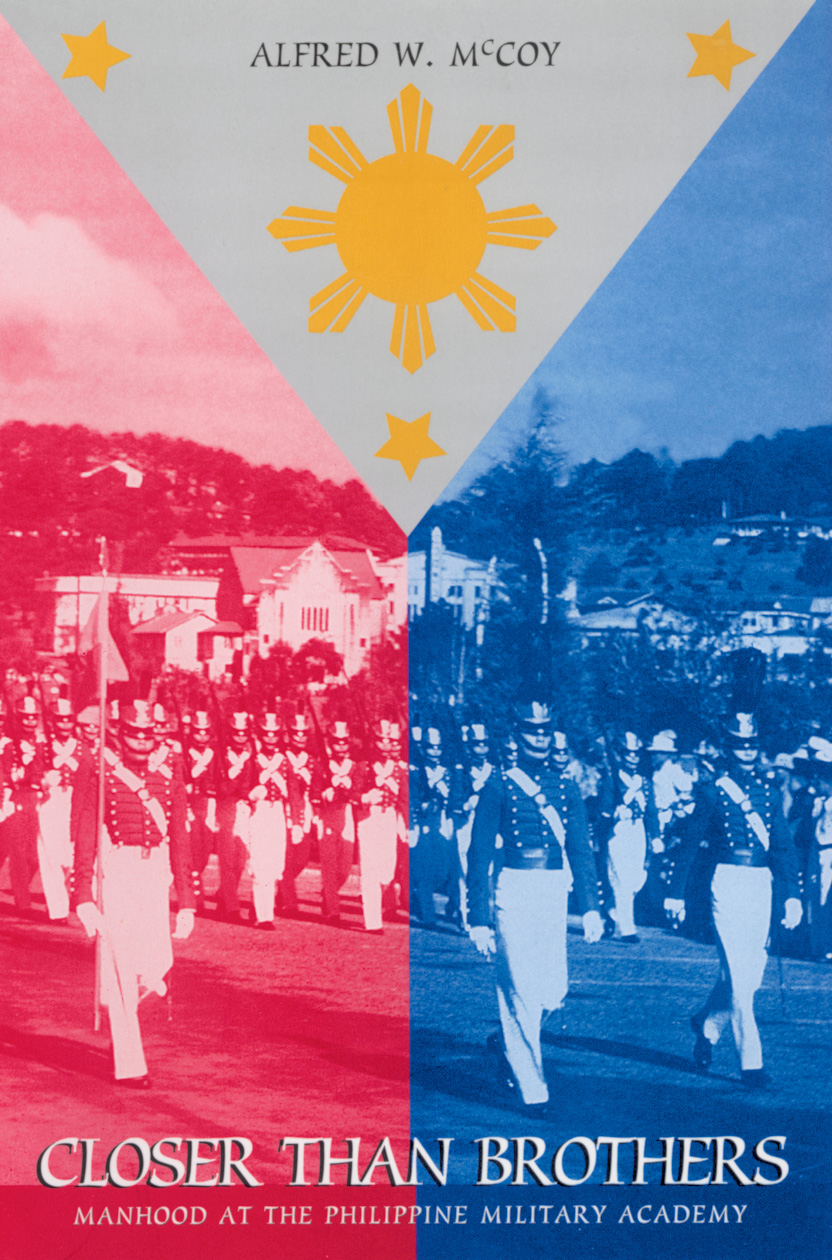 Closer than Brothers: Manhood at the Philippine Military Academy by Alfred W. McCoy, Yale University Press, New Haven, Conn., 2000, photographs, bibliography, notes, index, $40.00 hardcover
Closer than Brothers: Manhood at the Philippine Military Academy by Alfred W. McCoy, Yale University Press, New Haven, Conn., 2000, photographs, bibliography, notes, index, $40.00 hardcover
Closer than Brothers is an interesting and unique analysis of two generations of graduates trained at the Philippine Military Academy. The Class of 1940, the academy’s first graduating class, and the Class of 1971, a class of men who came to power in an era of corruption, portray a fundamental difference in their respective eras as they relate to the socialization and ascent to power. Each of these groups of officers had an impact on society during their own particular period, and yet each is wholly different from the other.
Alfred W. McCoy defines the political environment of each era. In one, cadets who emulated the U.S. Military Academy at West Point were forced to rally in resistance to the Japanese invaders; in the other, men became the fist of the Marcos dictatorship inspiring several 1980s military coup attempts against the legal civilian authorities. In this book, McCoy views, through his comparative lens, the story of these two classes, which essentially become the history of the Philippine Army. His analysis and research have offered important insights into the complexities of Filipino involvement in war and peace from the 1930s to the 1990s.
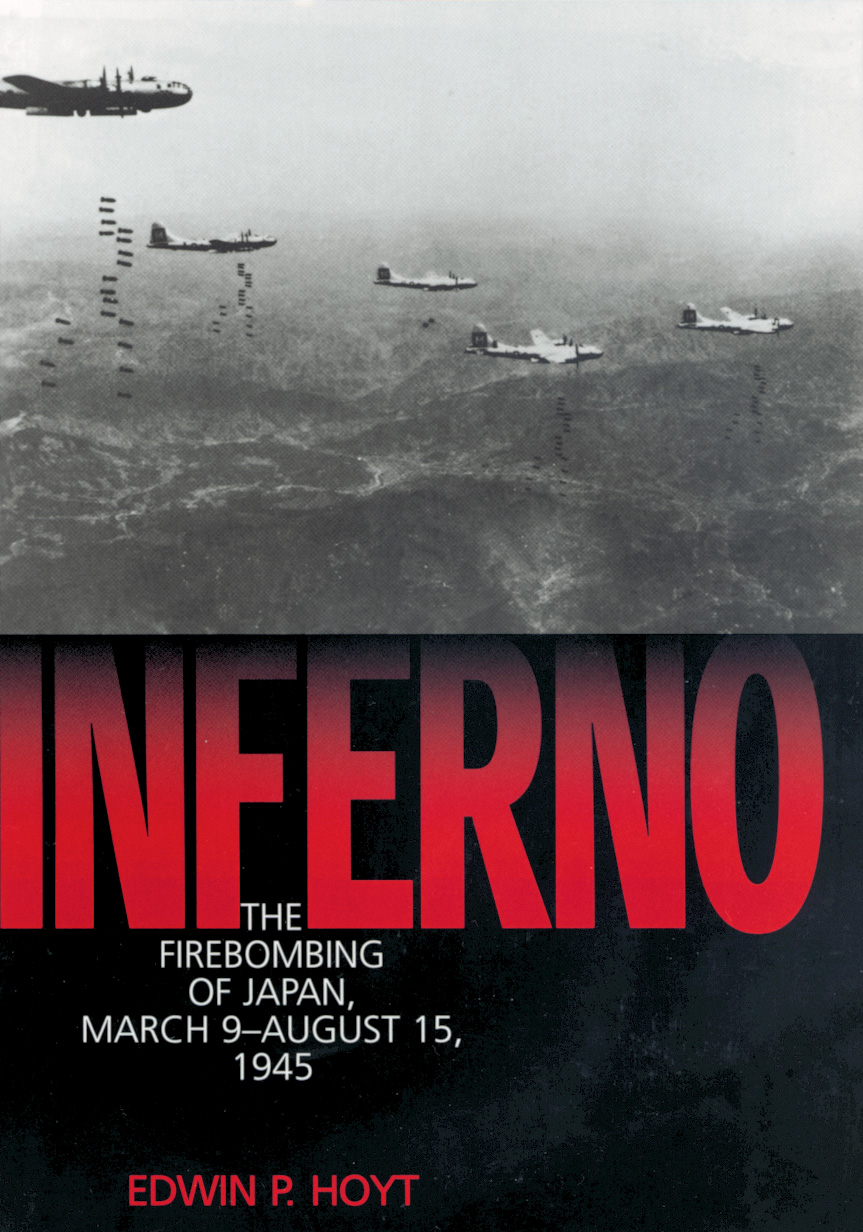 Inferno: The Firebombing of Japan, March 9–August 15, 1945 by Edwin P. Hoyt, Madison Books (Cooper Square Press), Lanham, Md., 2000, 147 pp., photographs, notes, and bibliography; $24.95 hardcover
Inferno: The Firebombing of Japan, March 9–August 15, 1945 by Edwin P. Hoyt, Madison Books (Cooper Square Press), Lanham, Md., 2000, 147 pp., photographs, notes, and bibliography; $24.95 hardcover
Yajab shodo sakusen, or “the night of the scorched earth operations,” is what the Japanese termed the firebombing of Nagoya in the summer of 1945. Inferno: The Firebombing of Japan is the latest book by acclaimed author Edwin P. Hoyt. Here, Hoyt Hoyt describes how Maj. Gen. Curtis LeMay and his squadrons of B-29 bombers targeted numerous Japanese cities, including the capital city of Tokyo that would kill half a million people and end the war.
Much has been written in the past 50-plus years on the bombing of Japan, but Inferno places the reader on the streets of Osaka, Tokyo, Nagoya, Yokohama, Kawasaki, and Koiwa. In short, it offers a horrific look at what it was like to be subject to the U.S. armada of aircraft bombers.
Hoyt visited the cities affected by the Allied bombing campaign and conducted interviews; especially notable are those from survivors of the firebombings. Physically and emotionally impaired by the summer 1945 Allied firestorm, they tell of a ghastly ordeal. Hoyt, a longtime opponent to the firebombing tactics employed by the United States, has termed the Allied actions, especially the dropping of the atomic bombs, as criminal acts.
A respected World War II author, Hoyt lives in Tokyo and is a talented researcher and narrator. But his understanding of the underlying strategic issues surrounding the war termination is lacking. Determined to place blame on the Allies for the “unnecessary” deaths of nearly 300,000 civilians, Hoyt subdues his argument by tarnishing a brilliant analytical and investigative chronicle with stark personal emotions.
World War II and the American Indian by Kenneth William Townsend, University of New Mexico Press, Albuquerque, N.M., 2000, 272 pp., photographs, notes, bibliography, and index; $35.00 hardcover
Serving without fanfare or tickertape parades, eight thousand young men of the 25,000 or so who served gave their lives while the rest returned from World War II virtually unnoticed. These particular soldiers were part of a forgotten minority. The Native American soldier and the 40,000 Indian men and women who were employed in defense industries on the Home Front are what Professor Kenneth William Townsend calls “a people apart of mainstream American life.” Townsend, a specialist in 20th-century American history and the author of studies on the 1930s and World War II, teaches at Coastal Carolina University. He provides in World War II and the American Indian the first full ethno-history of the American Indian inWorld War II.
The book marks a crossroads for Native Americans and, as Townsend conveys, “ultimately, for federal Indian policy.” The war years divided their past from their future, providing some with the skills and opportunities to enter mainstream society. For other Native Americans, wartime experiences affirmed the value of a renewed Indian identity apart from the rest of society. Included in this book are the voices and recollections of Indian men who resisted the draft, of those who fought in Europe and the Pacific, and of Indian women at home in the United States. Townsend has done his homework and provides a readable and interesting chronicle of the American Indian.
In Brief
The Encyclopedia of Nineteenth-Century Land Warfare: An Illustrated World View by Byron Farwell, W.W. Norton & Company, NY, 2000, 928 pp., illustrations, maps, bibliography, $75.00 hardcover
This encyclopedia is a definitive one-volume reference to the armies, arms, and actions of the century that defined modern warfare. For an age that saw the Napoleonic surge across Europe and the devastating American Civil War, author Farwell has delved into captured all aspects.
This encompassing encyclopedia holds more than a thousand illustrations and is replete with a full coverage of technological and scientific trends. It is destined to become much used and revered by scholar and lay reader alike.
Confederate Nurse: The Diary of Ada W. Bacot 1860-1863, Jean V. Berlin, ed., University of South Carolina Press, Columbia, S.C., 2000, 199 pp., index, $12.95 softcover
They Called Them Angels: American Military Nurses of World War II by Kathi Jackson, Praeger Publishers, Westport, Conn., 2000, photographs, appendices, notes, bibliography, index, $62.50 hardcover
Following the success of Elizabeth Norman’s We Band of Angels, these two volumes significantly add to the history of nursing. Ada Bacot’s diary as presented by Jean V. Berlin offers fascinating insights into the everyday life of a Civil War nurse. Nicely edited by Berlin, Confederate Nurse is a tribute to all women who were motivated enough to support their wartime causes and to women strong enough to be both traditional and independent.
Kathi Jackson’s omnipresent depiction of nurses in World War II tells the stories of the brave women who used any and all resources to save as many lives as possible. This beautifully written and smartly compartmentalized volume is a timeless account and a tribute to sacrifice on a grand scale. Although military nurses could have made more money as civilians, thousands chose to leave the warmth and security of home to care for the young men who went off to war. This type of sacrifice continues today as it did for the past century and before.
Into the Mountains Dark: A WWII Odyssey from Harvard Crimson to Infantry Blue by Franklin L. Gurley, The Aberjona Press (Aegis), Bedford, Pa., 2000, 251 pp., maps, photographs, illustrations, $19.95 hardcover
Author Franklin L. Gurley, the present-day official historian of the 100th Infantry Division Association, brings us yet another Aegis Consulting Group classic. Into the Mountains Dark is a fascinating tale of a young Ivy Leaguer who found himself as a 19-year-old scout in the Vosges Mountains. Gurley, having ignored the army regulation to maintain a diary, preserved this comprehensive journal defining not only an immaculate depiction of wartime Europe, but also a profound coming-of-age story of a young man’s transition to manhood. Emotionally charged, meticulously edited, and expertly packaged, Into the Mountains Dark is a wonderful World War II memoir.
Henry L. Stimson: The First Wise Man by David F. Schmitz, SR Books, Wilmington, Del., 2000, 222 pp., photographs, chronology, bibliography, notes, index, $50.00 hardcover, $17.95 softcover
At age 72, Stimson was called upon by Roosevelt to serve as Secretary of War during World War II. A lawyer by trade, Stimson’s accomplishments were numerous. When the nation called he could be counted on to serve, and now that the very freedom the nation was built upon was threatened he would serve well.
While many individuals were responsible for the American ascension during the 20th century, few have left a larger legacy in the arena of foreign policy than Henry L. Stimson. Serving every president from Theodore Roosevelt to Harry S. Truman, Stimson shaped America’s worldview and influenced America’s foreign affairs decisions for more than 40 years. The First Wise Man: Henry L. Stimson and Foreign Policy is David Schmitz’s tribute. This volume demonstrates how Stimson was able to pass along his perspectives to the next generation of American policymakers who, after the war, established the internationalist mind-set of the Cold War. A great addition to SR’s Biographies in American Foreign Policy series.
The Fall of France: Act with Daring by Martin Marix Evans, Osprey Military (Stackpole Books), Mechanicsburg, Pa., 2000, 160 pp., , maps, photographs, bibliography, and index, $29.95 hardcover (8” x 11” oversized)
This book is a beautifully illustrated recognition of the 60th anniversary of the fall of France. In under 50 days in 1940, France, Belgium, and the Netherlands fell to the German Panzers and the British Expeditionary Force had been driven from mainland Europe.
The Germans had inflicted over a third of a million casualties on the Allied defenders but not without a fight. Author Martin Marix Evans retells this fascinating story to include colorful maps, illustrations, and photographs of the airborne attacks on Rotterdam, the taking of Fort Eben Emael, Guderian’s crossing of the Meuse, and Rommel’s infamous drive through France. The Fall of France: Act with Daring is an important pictorial history of the early part of World War II.
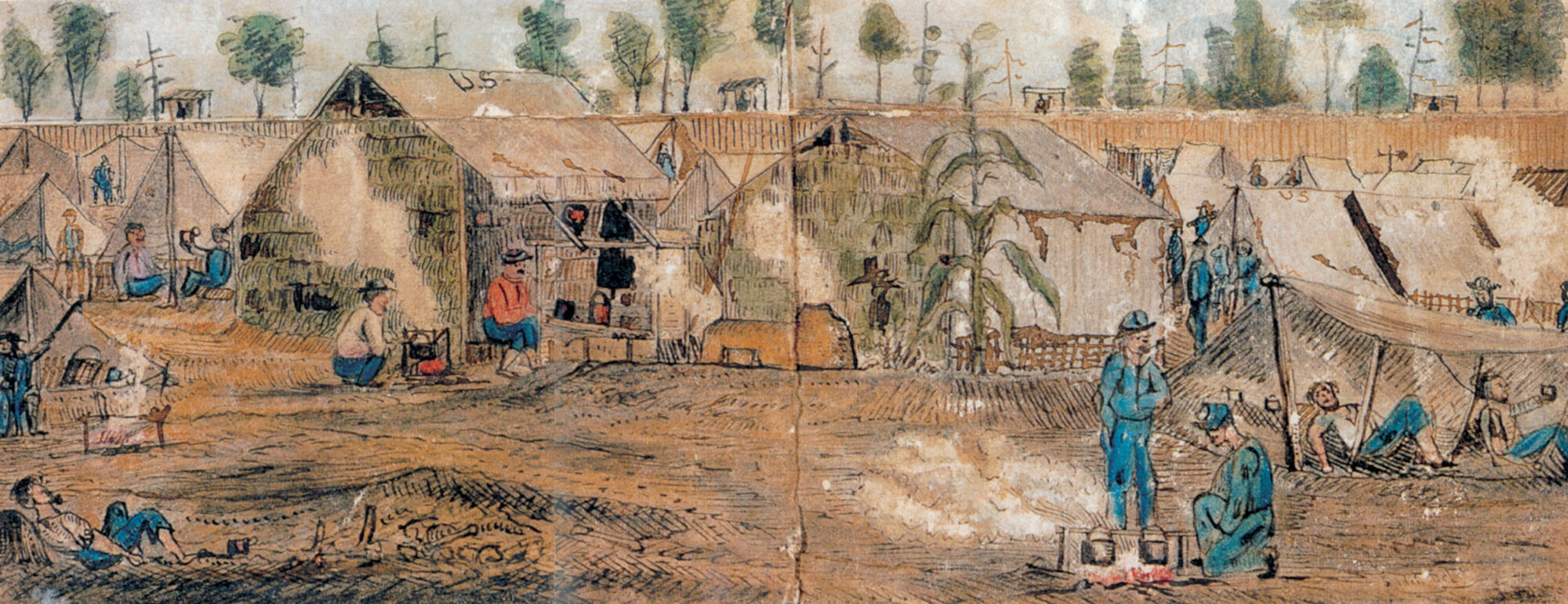
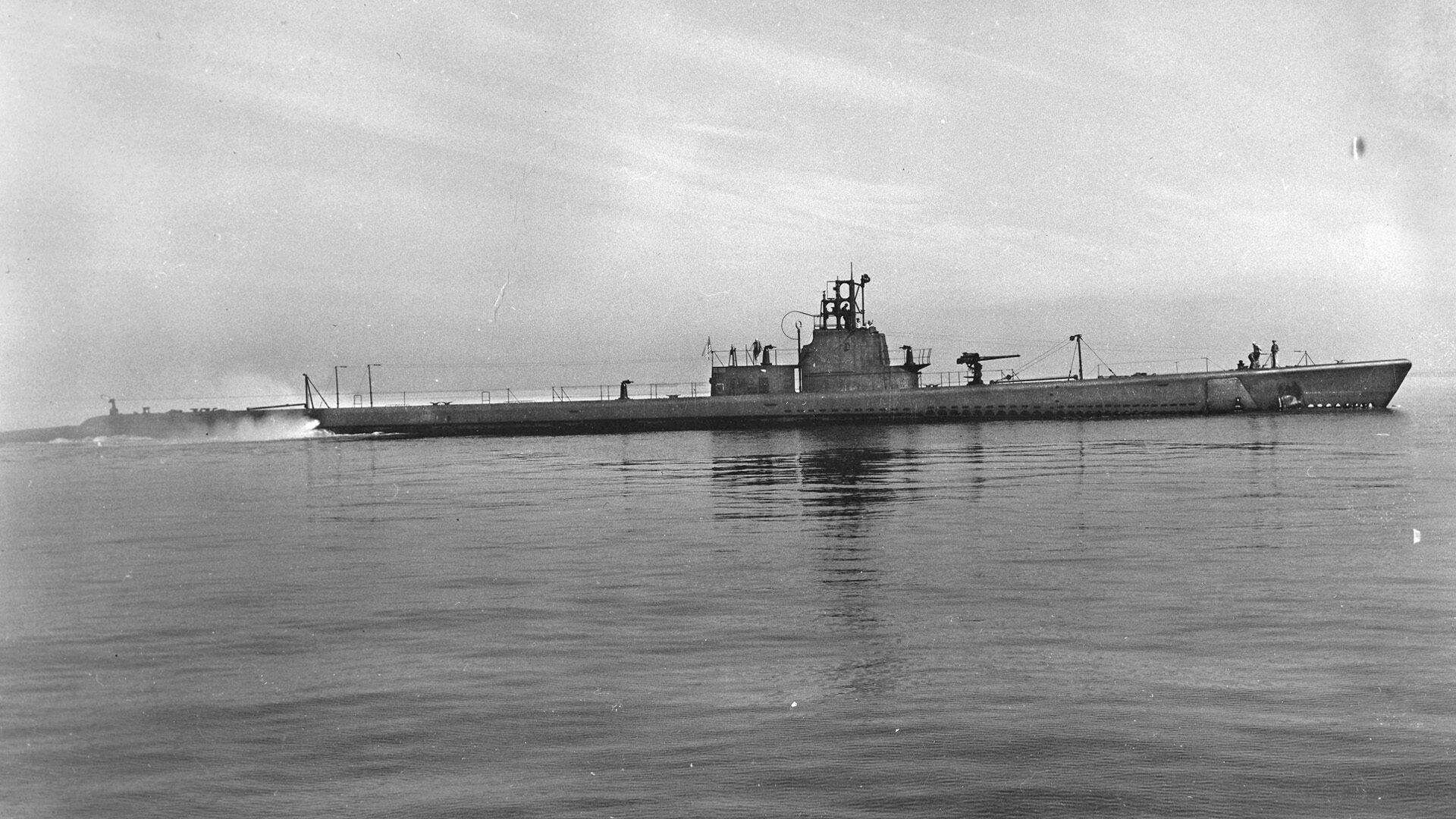
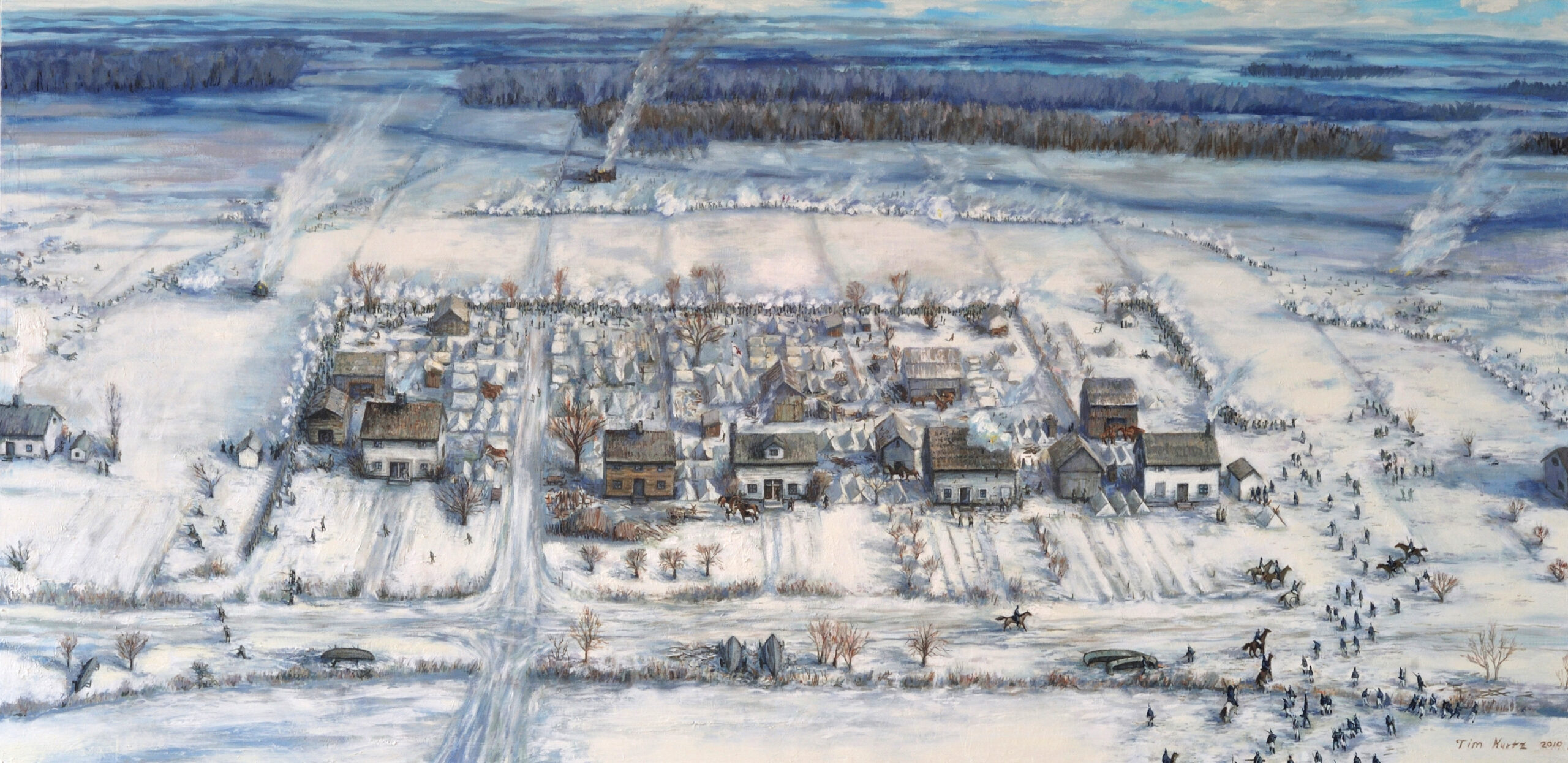
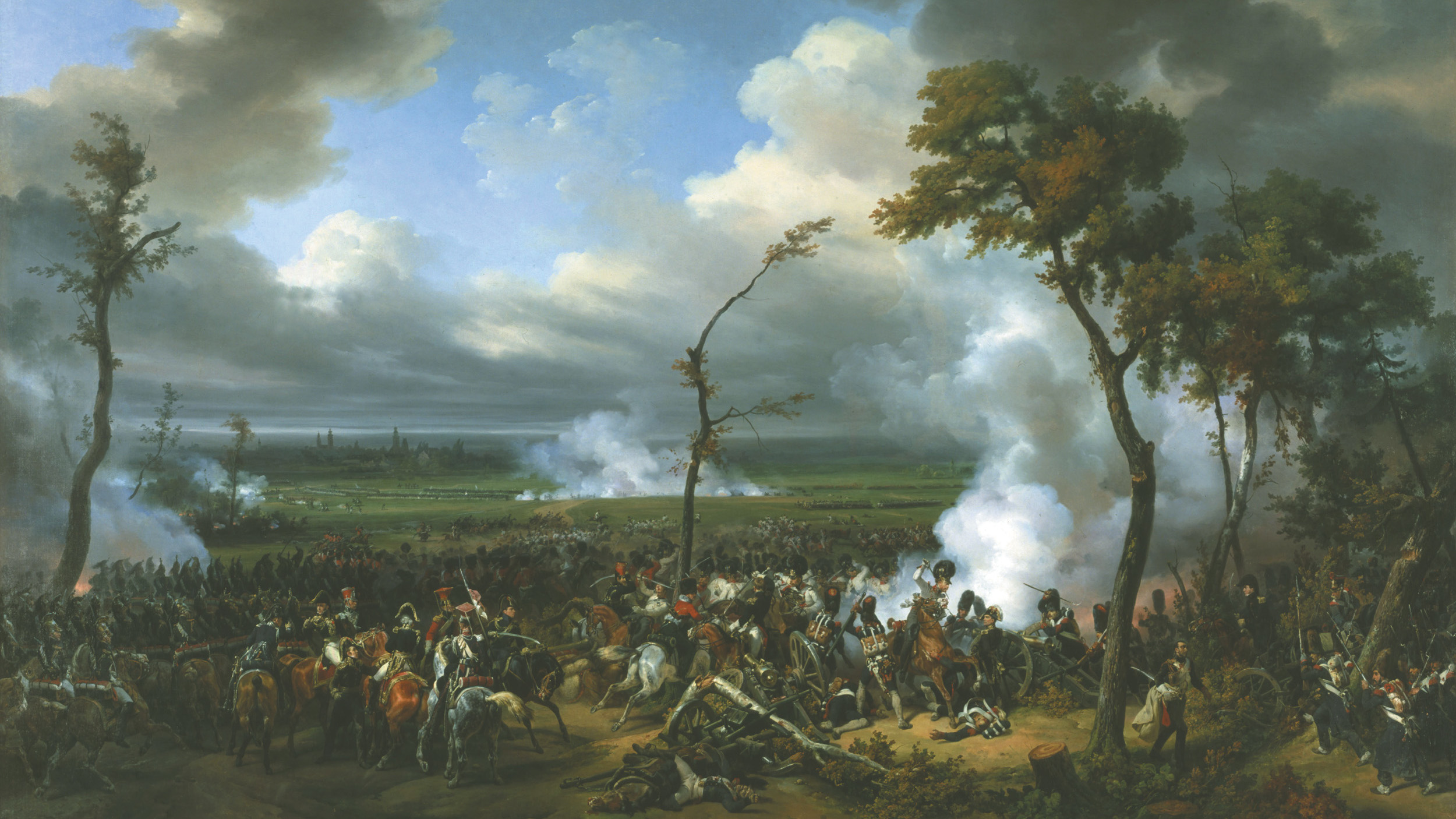
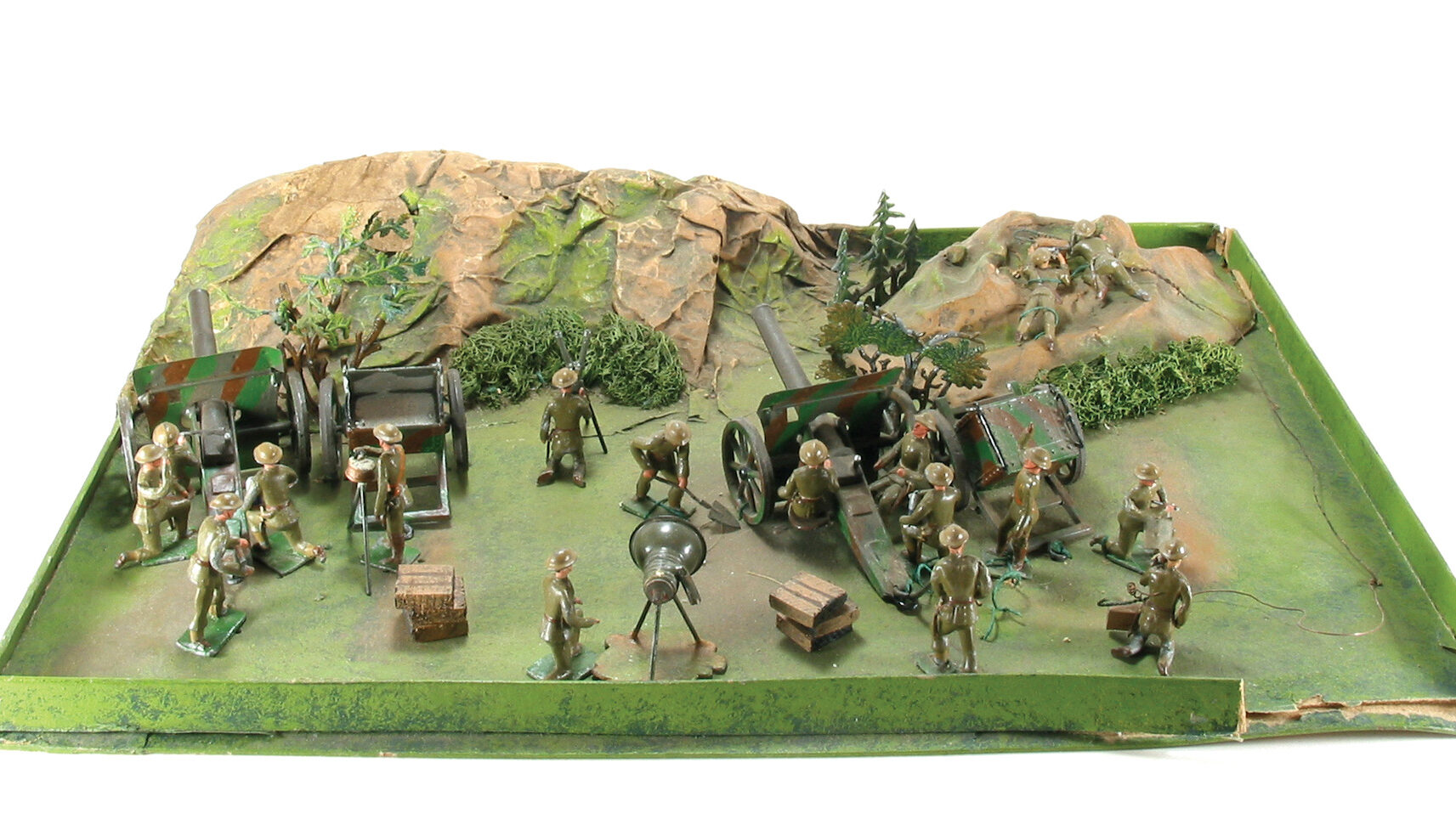
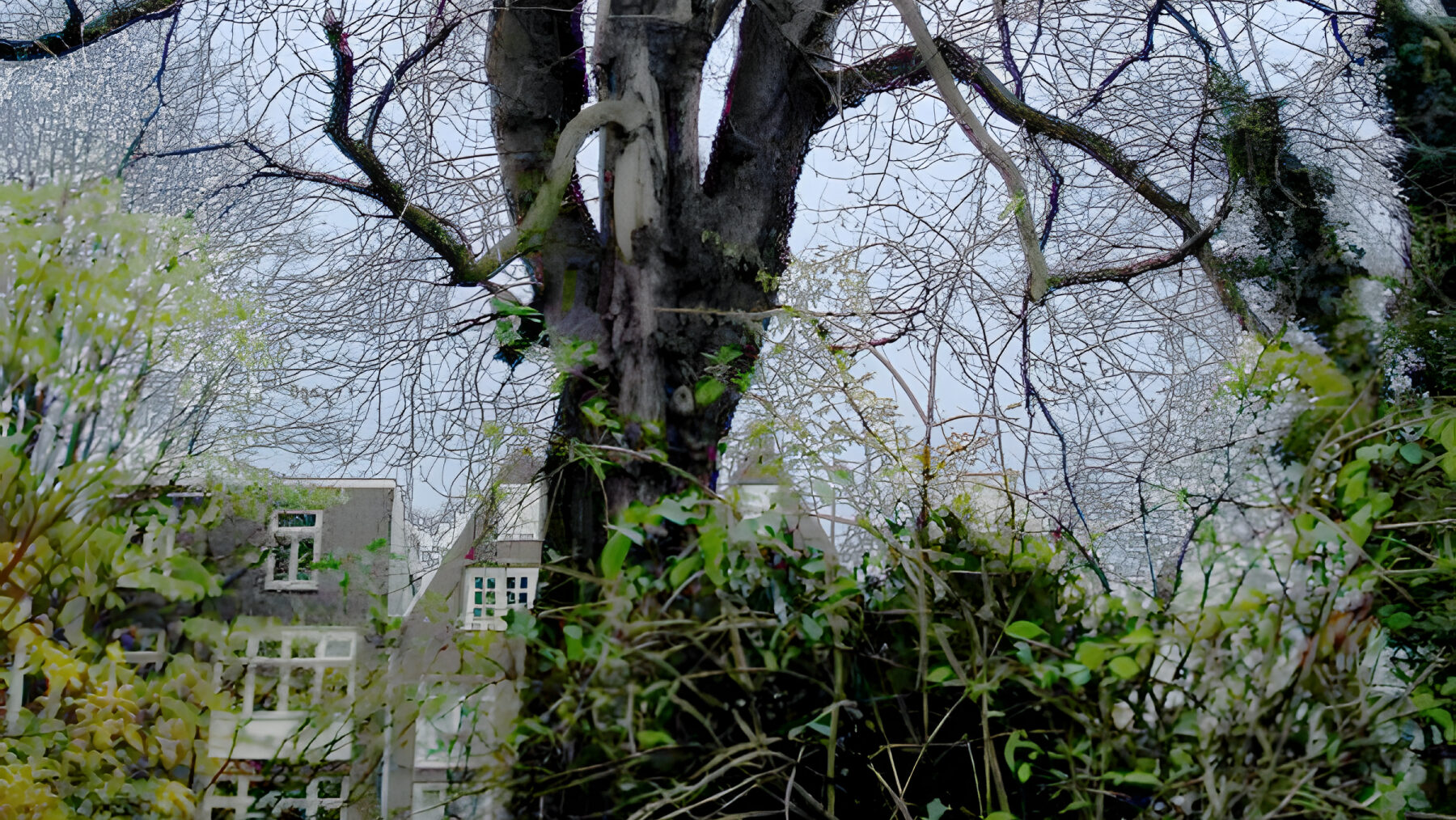
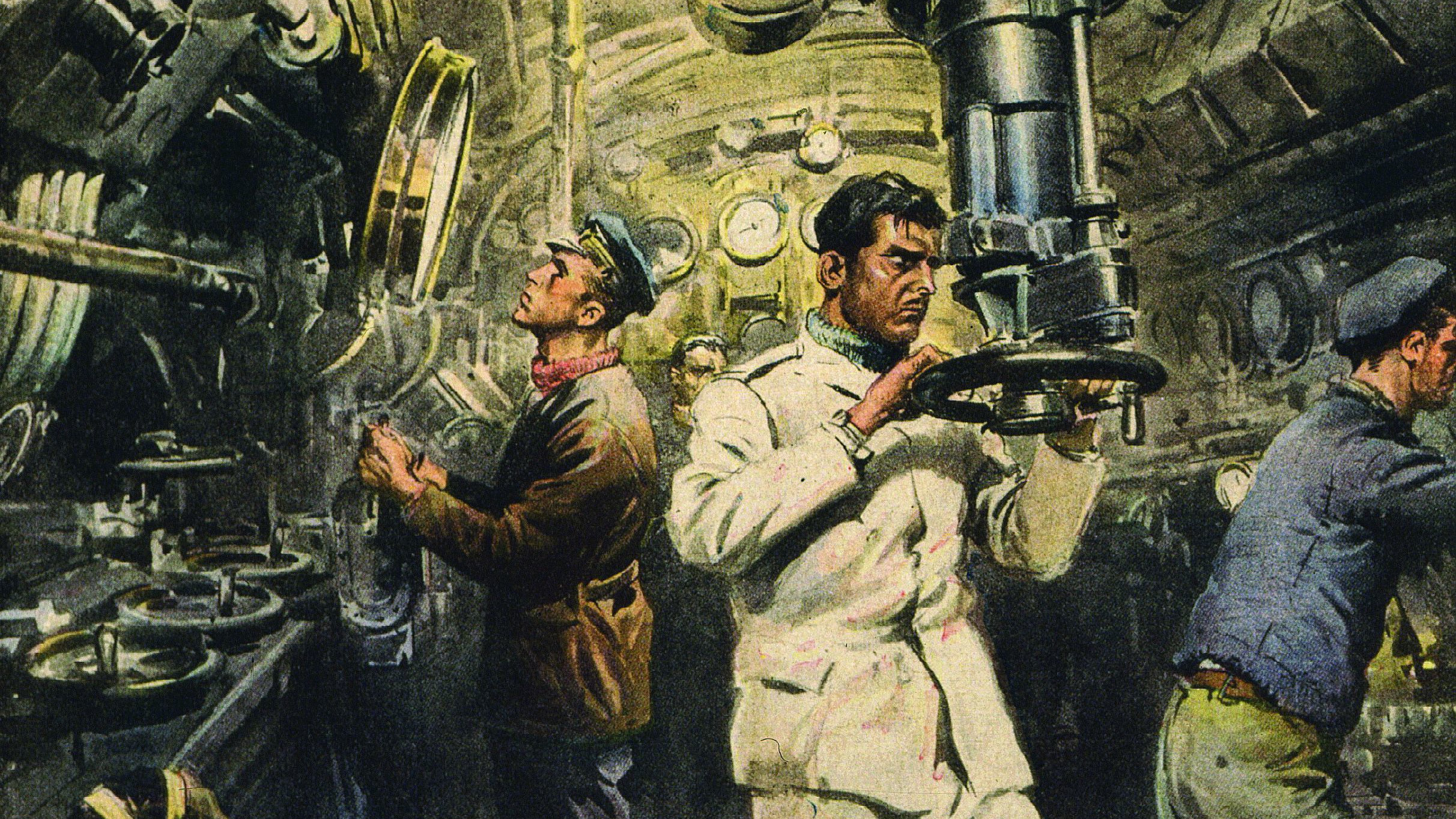
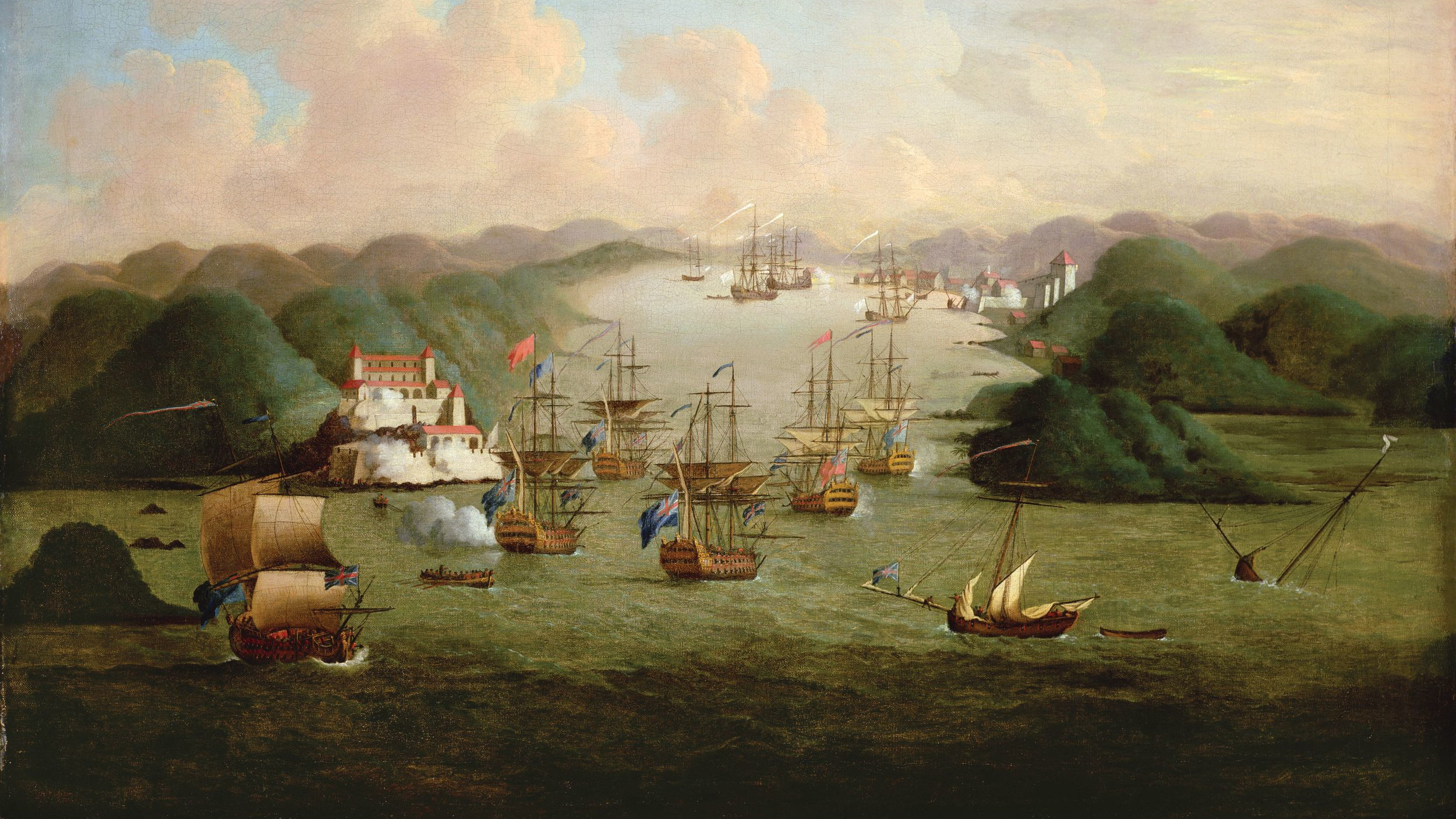
Join The Conversation
Comments
View All Comments